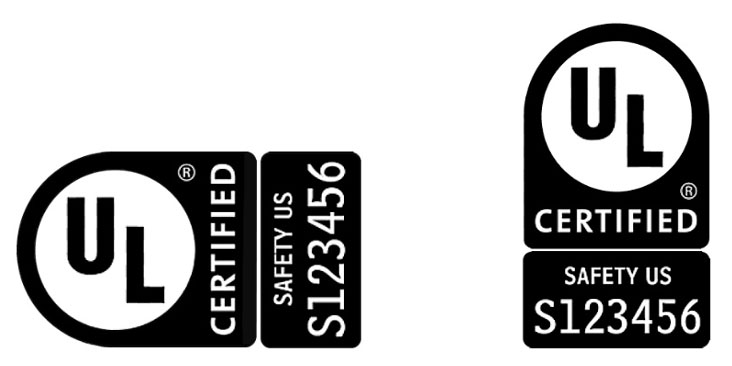What you said is correct to me.
The white page from UL is here:
UL Marking and Application Guide for molded case circuit breakers and related hardware.

code-authorities.ul.com
Eaton's guide:
UL's guide is not a fun or easy read. It also disagrees with the NEC where it says the 75°C rating used on wires of 1/0 or larger and the NEC says #1 or larger.
I had a disagreement a little while back with another engineer about it. We came to the following consensus (and this might extend past what the OP posted).
In a simple system, you have the panelboard connected to the breaker, connected to the wire, connected to a termination connected to the load.
Or there is another termination in the panelboard when there is no breaker.
In any case, everything must be labeled 75°C. The enclosure, the breaker, the wire, the terminations, etc. And the terminations must also be labeled with the wire size. If it doesn't include the wire size then the lower temperature shall be used.
Nothing is rated 90°C except for wire and terminations. Panelboards, breakers, etc. are not tested by UL at anything higher than 75°C. Crazy enough that they don't. To me it sounds like a simple win on the manufacturer to get that product stamp on high ampacity switchgear.
No equipment is rated for free air. As soon as a conductor enters a switchgear it is no longer free air rated. As soon as the conductor touches a breaker, it is no longer free air rated. Even if the whole assembly is exposed in free air. And debatably, and this is still something I haven't been able to confirm, but terminations on bus duct are not allowed to use the free air rating because the component parts enter enclosed switchgear.


